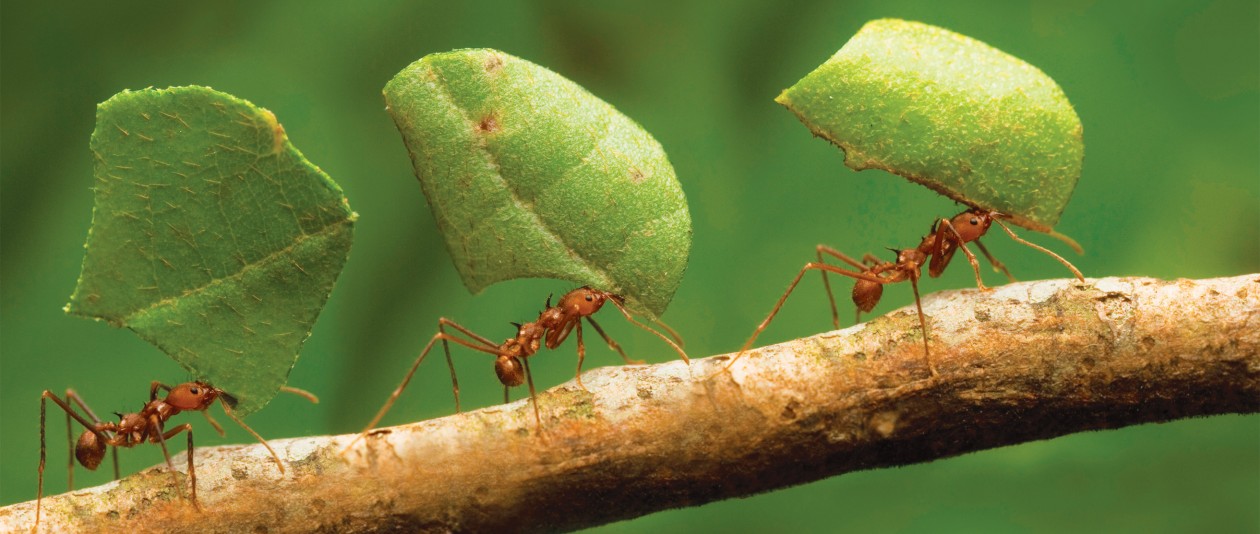All right, so I have devoted the past four weeks of my life solely to Kenan Fellows. I have been to the mountains and back, white water rafting down a category three rapid, and used all of my brainpower to learn my postdocs research. Then, going into the third week of my externship, I quickly realized that my journey is just beginning. Not only will I spend the next few weeks creating an awesome citizen science-based lesson plan, but I will be spending the next year contributing to Dr. DeAnna Beasley’s insects pathogen research with my eighth-graders.
So how hard could this be? I mean, doesn’t attempting to explaining how human driven environmental changes effects the insect pathogen community sounds like an easy topic to explain to a 14-year-old? Or turning my classroom into a completely sterile research environment? Or what about finding away to get hemolymph reading from a plate reader, when the museum does not have a plate reader and I do not have access to one…. Ahhhhhhhh!
I’m not going to lie, I was really scared going into the beginning of week three. The first thing I had to do was remember what our main goal is, create a citizen science based lesson plan that will contribute to insect pathogen research. Also, this lesson plan needs to be something that teachers can do in their classroom relatively affordably. So that took my hemolymph extraction lesson plan out of the question. Thankfully Dr. DeAnna Beasley called a meeting with Dr. Julie Urban to brainstorm a new idea for a citizen science question. After about an hour and a half of no success, we finally did it! We came up with a citizen science question that teachers can do in their classroom that will benefit the insect pathogen research community.
Ready for it?
How does ant immune behaviors, like self grooming, change according to the fungal entomopathogens found in their community?
We call it…












